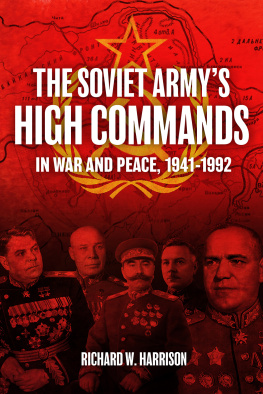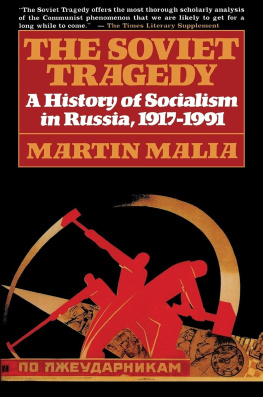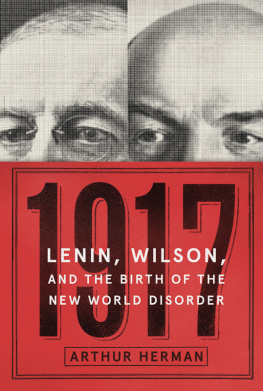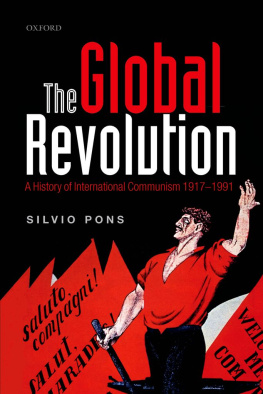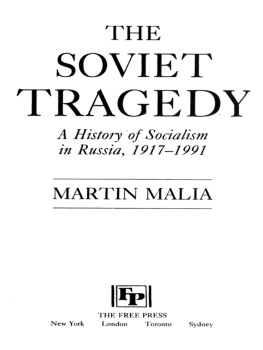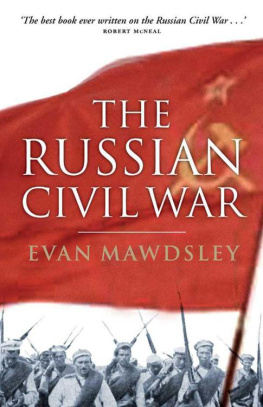Brian Moynahan - The Claws of the Bear: A History of the Soviet Armed Forces from 1917 To The Present
Here you can read online Brian Moynahan - The Claws of the Bear: A History of the Soviet Armed Forces from 1917 To The Present full text of the book (entire story) in english for free. Download pdf and epub, get meaning, cover and reviews about this ebook. year: 2014, publisher: Endeavour Press, genre: Art. Description of the work, (preface) as well as reviews are available. Best literature library LitArk.com created for fans of good reading and offers a wide selection of genres:
Romance novel
Science fiction
Adventure
Detective
Science
History
Home and family
Prose
Art
Politics
Computer
Non-fiction
Religion
Business
Children
Humor
Choose a favorite category and find really read worthwhile books. Enjoy immersion in the world of imagination, feel the emotions of the characters or learn something new for yourself, make an fascinating discovery.
- Book:The Claws of the Bear: A History of the Soviet Armed Forces from 1917 To The Present
- Author:
- Publisher:Endeavour Press
- Genre:
- Year:2014
- Rating:4 / 5
- Favourites:Add to favourites
- Your mark:
The Claws of the Bear: A History of the Soviet Armed Forces from 1917 To The Present: summary, description and annotation
We offer to read an annotation, description, summary or preface (depends on what the author of the book "The Claws of the Bear: A History of the Soviet Armed Forces from 1917 To The Present" wrote himself). If you haven't found the necessary information about the book — write in the comments, we will try to find it.
As the sun set over the radar crews of Kamchatka, across the strait from Alaska, it rose on divisions barracked on the former German soil of Kaliningrad.
Between these extremities of the eastern and western hemispheres, its men underpinned a system and a superpower.
Their desertion from the Tsar in 1917 created, amid a swirling civil war, the worlds first Communist State in a giant country that neither Marx nor Lenin had thought ripe for revolution.
In the greatest battles of the Second World War, they broke the back of Nazism. They brought Communism and a new post-war order into the heartland of Europe during their advance. They maintained it through the long years of Soviet power, despite the tragic Hungarian and Czech revolts. At their peak, they were a rival to the United States.
In this, the most authoritative general study of Soviet military strength, Brian Moynahan reveals the history of this military colossus, its hardware, the ethos of its officers and men, its strategy and ambitions.
Gorbachevs sackings of senior officers are seen against the horrors of the Purges, current military-industrial strength against the freezing, roofless factories of 1942, the invasion of Afghanistan against the crushing of Prague. Trotsky, Stalin, Beria, Barbarossa, Zhukov, Khrushchev, Cuba, Dubek, Walesa haunt its pages, as they haunt the new generation of Russian leaders in the Kremlin.
The book is drawn from a wide variety of published and unpublished sources, and from interviews with former members of the Soviet armed forces. At a time of flux, it strips the obscurity from the greatest force in modern times.
As complete a briefing as can probably be found this side of a NATO intelligence file or Kremlin archives. Kirkus Reviews
Brian Moynahan (born 1951) was European editor of the Sunday Times. As a foreign correspondent, he covered many modern crisis points first hand. He was a former Scholar of Corpus Christi College, Cambridge and graduated with a double first in History.
Endeavour Press is the UKs leading independent publisher of digital books.
Brian Moynahan: author's other books
Who wrote The Claws of the Bear: A History of the Soviet Armed Forces from 1917 To The Present? Find out the surname, the name of the author of the book and a list of all author's works by series.




